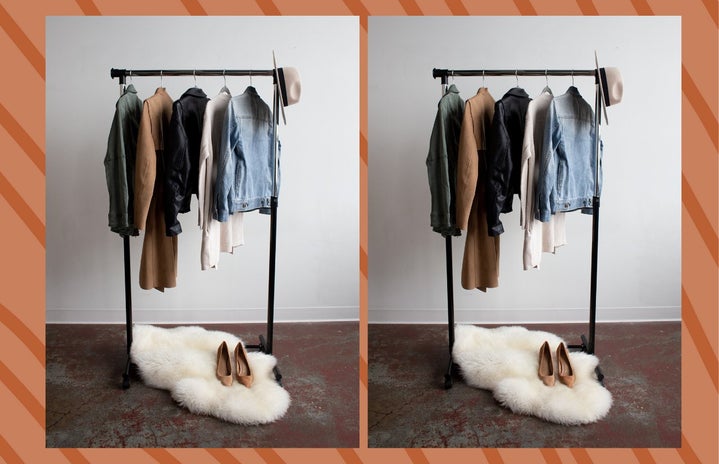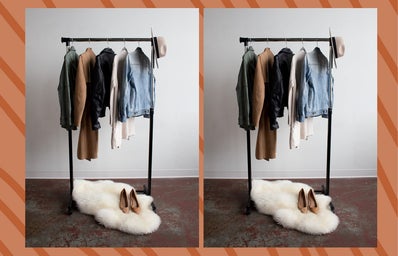Velour track suits, Yorkshire terrier dogs, and cherries galore. Yes, I am referring to Juicy Couture. In middle school I lived for Juicy. It was, in my book, the epitome of style and class. Fortunately, I came to my senses and eventually sold all my Juicy products on Ebay. Gone are the days of having “Juicy” emblazoned on the back of my sweatpants.
It’s not that Juicy was a particularly bad brand, but it simply gave me a false understanding of couture. Because of it, I used to think every fashion-related product counted as couture. It turns out that not just any designer or brand can be categorized as such. There are a variety of strictly enforced standards put in place to maintain a couture brand. In order to design couture you need to receive certification from the Chambre Syndicale de la Haute Couture.
In addition, you must:
1. Design custom garments for private clients. Each client must have at least one fitting.
2. Operate an atelier in Paris, which is a private studio for designers, that must have a minimum of fifteen employees.
3. Create a collection of at least thirty-five daytime and eveningwear looks.
There are currently ninety-one certified couturiers and designers in the industry ranging from Alexander McQueen to Versace. Each one continues to produce innovative and expertly crafted garments for each fashion season. Needless to say, don’t plan on picking up a couture garment at the local shopping mall. Here are a couple of my personal favorite couture designers:
Maison Margiela
Céline
Tsumori Chisato

